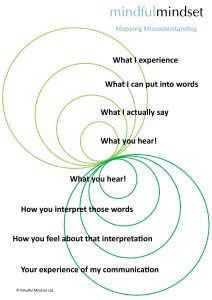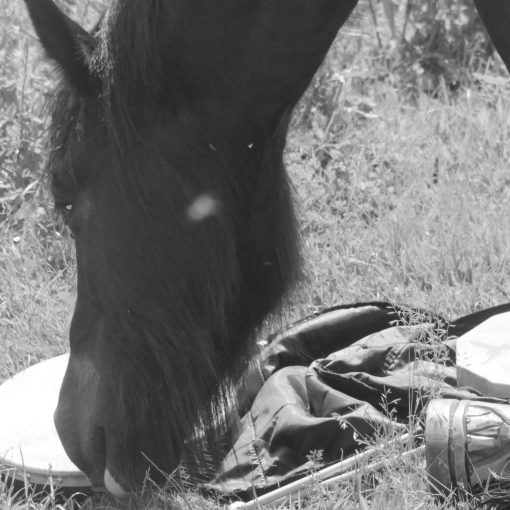I wanted to call this item “lost in translation" but in gestation it shifted to “the practice of misunderstanding”. It sort of wrote itself.
How often do the best intended messages somehow not get the response expected? Or our killer stories fail to hit their mark. Or our passions just come across as slightly fanatical ramblings.
As a trainer and a facilitator I am frequently assailed by the ambiguities of communication. As much as I try to craft messages that will land for those in the room, I can't admit to always hitting the mark. On reflection, the compromise begins within. There is an abridging that occurs as we move from experience and our expression. First we have to find the words, then we have to check they are the right words, all before we get to what is actually spoken, and so heard. By the right words I mean those that we deem will be received as appropriate or acceptable in the social context. Then we have to recognise that how they will be perceived, and or interpreted might not align to our intentions.

The Limitation of a Dictionary
In theory words are clean representations, since the day of Dr Johnson their meanings have carried clear definitions. Our dictionaries, whether on the shelf or in the cloud provide clear and commonly accepted explanation of meaning. But yet there is more. Words can carry emotions, or memories. Unique tags that each of us have gathered through the trail of tribulations that constitute real life, and so in spite of Dr Johnson and his successors' efforts, they are not always interpreted the same way.
The philosopher Arthur Schopenhauer said that, “as soon as you try and put a thought into words it ceases to be true". There is something that is compromised when we put it into words. Language is always a summarisation.
Let me give you an example ….. Close your eyes and imagine a tree, sit with that image for a few seconds and allow your imagination to explore it a little. When you are done, open your eyes and try to write down a description of that tree.
My guess is that written representation had a limited richness versus the original image in your head. Even if you covered the whole page in words. And if someone reads your description of that tree? What is the likelihood that they will create an image in their heads replete with details identical to that which you initially imagined.
Seeing the Limit
The limits it appears work two ways, Not only is information compromised as we frame the sentence. What happens when that precis is then expanded once again within the consciousness of the recipient. What chance is there of common or agreed understanding? Word alone is flawed and carries with it the potential to confuse. Think how often email instructions are mis-interpreted.
In practice we are primed to misunderstand when we limit understanding to words alone – think about legal disputes. Also just recognise how often disagreements blow up in text and email exchanges. In the years that the followed 9/11 the insurance world lost millions of dollars over a dispute about whether the WTC attacks were one or multiple events. A semantic legal exercise, which in "real" life has no meaning what so ever. Yet expanded within the map of misunderstanding it took on a life of it's own, creating positions that no one was willing to relinquish. They were trapped in the prison of interpretation.
How many disputes over history have flared through misunderstood best intentions. If experience is comprised in the process of putting it into words, then the likelihood of interpretation being the same as my original experience is essentially nominal. I created the attached image to try and express this assertion, but of course it is in itself an compromise.
My assertion here is the value in acknowledging this potential for confusion. If we recognise it we can pause or test it out. We can reflect, explore or question before we fire back in an unhelpful voice. We can ask what others understood of our communication.
Think about it! Your observations are invited.




